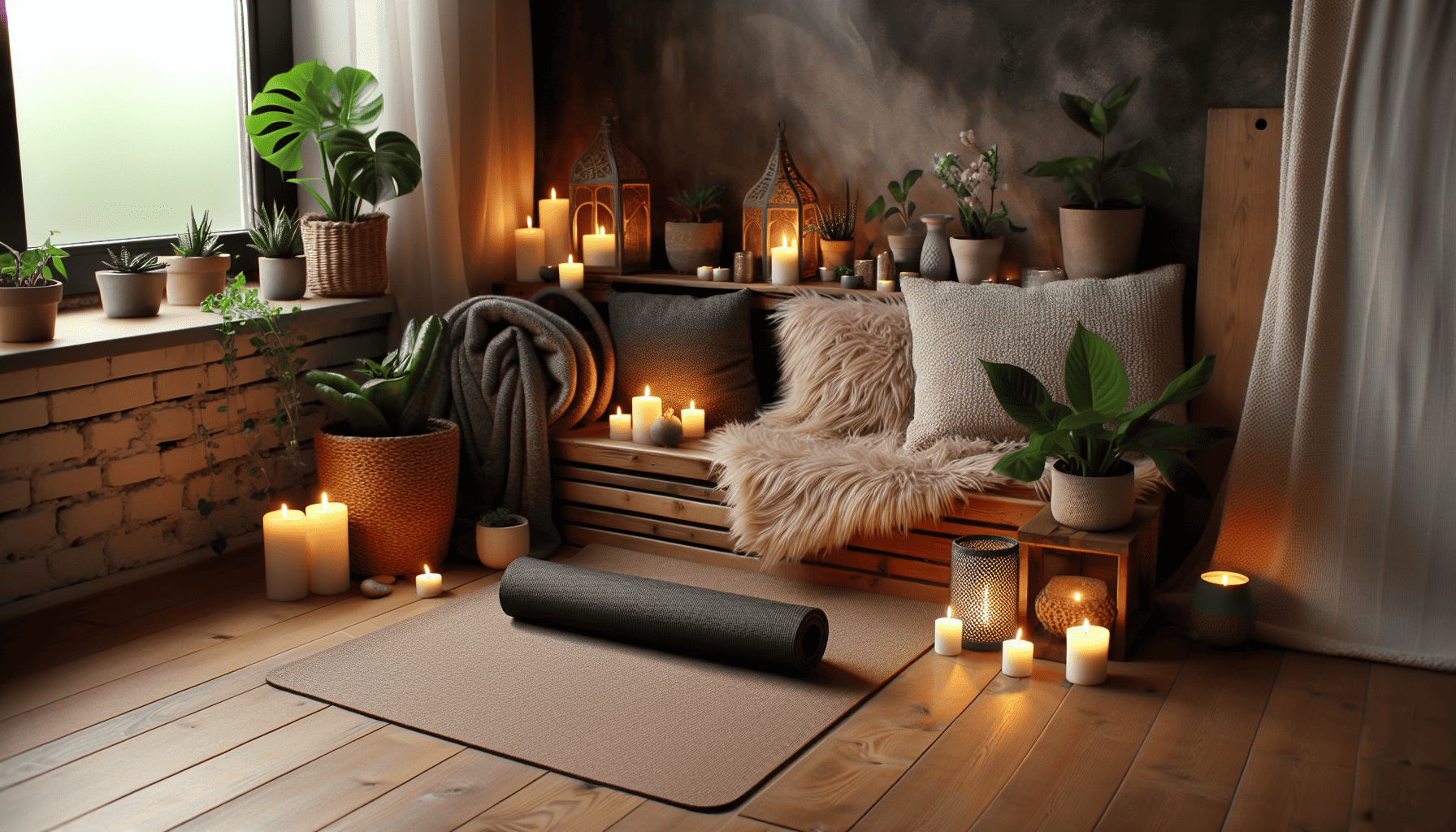Designing a personal yoga sanctuary within your home can be a deeply rewarding endeavor, inviting peace, focus, and balance into your daily routine. With the right space and setup, your home can become your favorite retreat for practicing yoga, encouraging both physical health and emotional wellbeing. Here are some tips to help you create a tranquil yoga environment that reflects your personal sense of peace and supports a regular practice.
1. Choose the Right Space:
The first step in creating a yoga sanctuary is choosing the right spot in your home. Aim for a space that offers privacy and minimal interruptions. It could be a spare room, a quiet corner in your living area, or even an outdoor space like a patio or balcony. Ensure it has enough room to comfortably move through different yoga poses without feeling cramped.
2. Embrace Natural Light and Fresh Air:
Natural light and fresh air can significantly enhance your yoga practice. If possible, choose a location with windows to let in sunlight and a gentle breeze, fostering a connection with nature. If your chosen space doesn't have windows, consider using soft, ambient lighting to cultivate a serene ambiance.
3. Decorate with Intention:
The décor of your yoga sanctuary should be simple yet meaningful. Consider incorporating elements that inspire tranquility and focus, such as houseplants, meaningful artwork, or sculptures. Calming colors like blues, greens, or earth tones can also set a peaceful mood. Add a personal touch by including items that hold special significance to you, whether it’s a photograph, a quote, or a small piece of décor that brings you joy.
4. Choose Comfortable and Functional Furniture:
While your yoga space doesn't require much furniture, a few well-chosen pieces can enhance comfort and functionality. A cozy mat is essential, and you might consider adding a meditation cushion or a small stool for seated practices. A low shelf or cabinet can serve as a storage space for props like blocks, straps, and blankets, keeping the area organized and clutter-free.
5. Create a Multi-Sensory Experience:
Engage all your senses to deepen your practice. Consider incorporating soothing sounds like gentle music, nature sounds, or chimes. A diffuser or incense can introduce calming scents such as lavender or sandalwood, while the texture of your mat and environment should feel inviting and pleasant underfoot.
6. Technology-Free Zone:
To maintain the sanctity of your yoga space, consider making it a technology-free zone. Remove distractions by keeping smartphones, tablets, and other electronics outside of this area. This practice encourages mindfulness and aids in disconnecting from the hustle and bustle of daily life.
7. Personalize Your Practice:
Finally, remember that your yoga space should be a reflection of you and your personal practice. Whether you’re drawn to vibrant energy or peaceful calm, customize your sanctuary to align with your intentions and goals. Experiment with different setups to discover what works best for you, and don't hesitate to adapt the space as your practice evolves.
By mindfully crafting your personal yoga space at home, you pave the way for regular practice that nourishes your body and mind. Embrace the journey of designing and enjoying a sanctuary that invites peace, supports growth, and fits seamlessly into your lifestyle.
